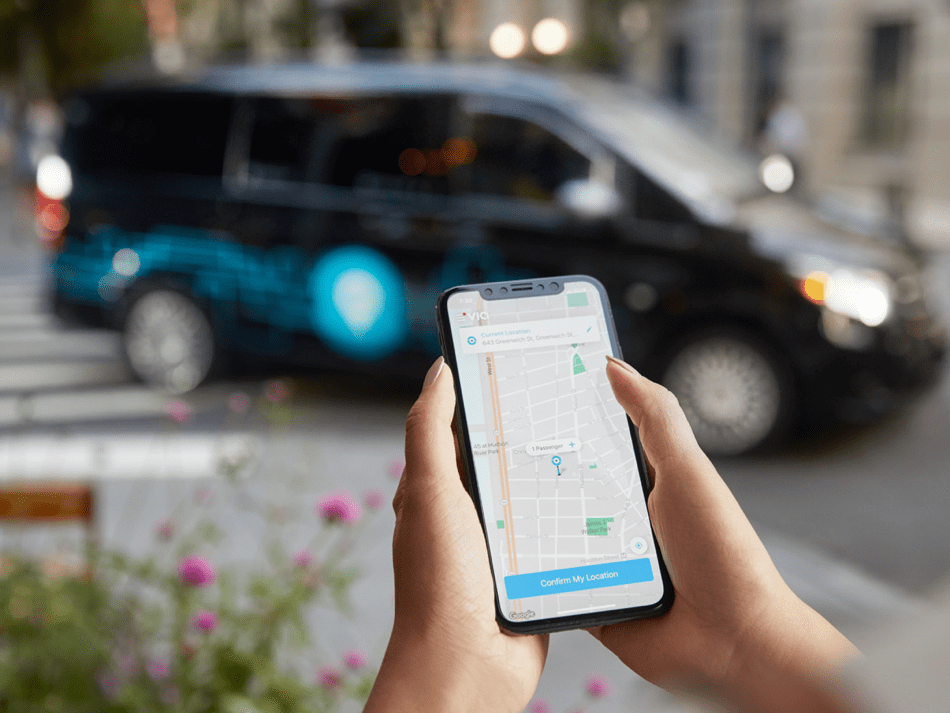Dynamic Fixed Lines
As both supply and demand shift with regulated social distancing measures, transit can be responsive, in real-time. Fixed routes can use on-demand technology to manage peak travel, book seats, and accommodate evolving safety practices.



